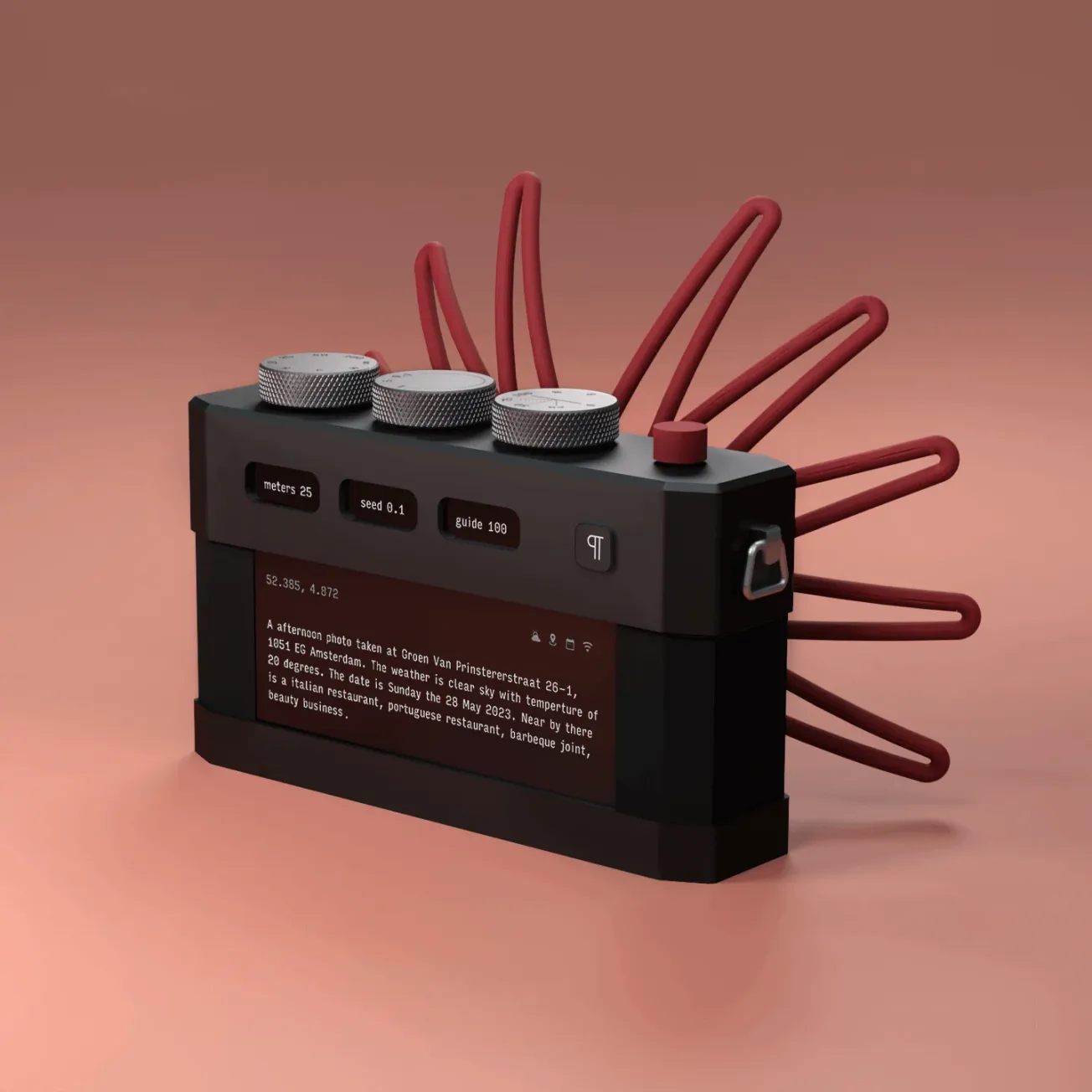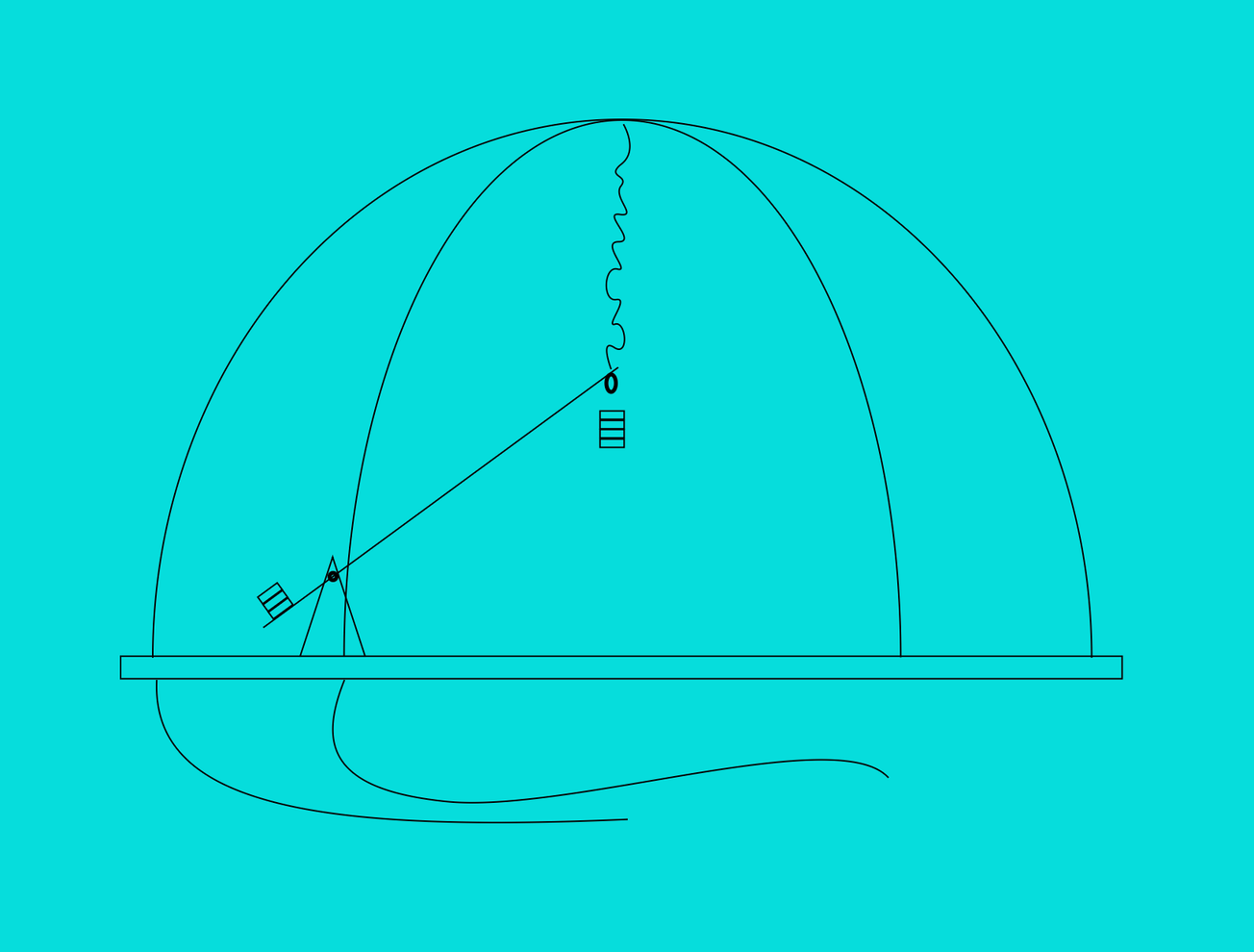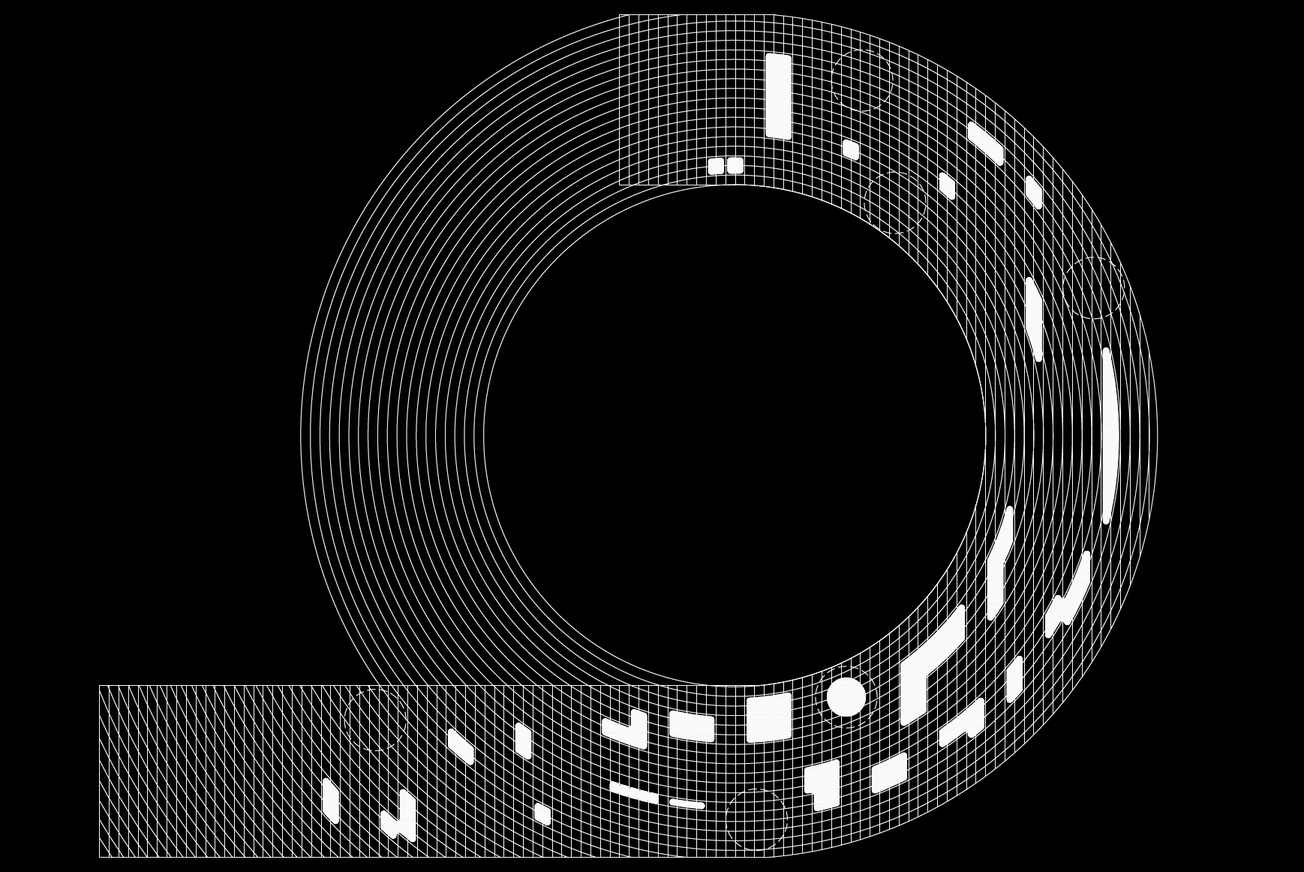When designers talk about tools, they usually mean instruments that extend precision, efficiency, and control. Software updates promise smoother interfaces, better prediction, and fewer glitches. But not all value lies in seamlessness. Let’s consider a few generative design tools the embrace unpredictability, treating algorithmic error and emergent behavior as part of the process. These systems complicate the relationship between human and machine, asking: do we want tools that standardize outcomes, or ones that resist our expectations?
From Optimization to Emergence
Mainstream creative software is built on optimization. Auto-complete, template-driven interfaces, and predictive rendering reduce error and accelerate output. While this culture of optimization speeds production, it also risks flattening creative expression. By contrast, emergent tools prioritize instability over prediction. Instead of clean, expected results, they produce strange, contradictory outputs that force designers into dialogue with the system.
Projects like Runway Gen-2 expose the limits of seamlessness. Marketed as a professional-grade generative video tool, it frequently produces warped hands, collapsing physics, or flickering textures. For commercial workflows, these are bugs, but for artists, they reveal how probabilistic systems think. On the other end of the spectrum, Stable Diffusion demonstrates emergence through open-source experimentation. Its community of users trains custom models on partial, idiosyncratic datasets, producing outputs that are inconsistent and often eccentric. These results remind us that generative tools are not just technical systems but social ones, shaped by the biases and quirks of their communities. Together, Runway and Stable Diffusion demonstrate how moving beyond prediction repositions design, shifting from issuing commands to negotiating with emergent behavior.
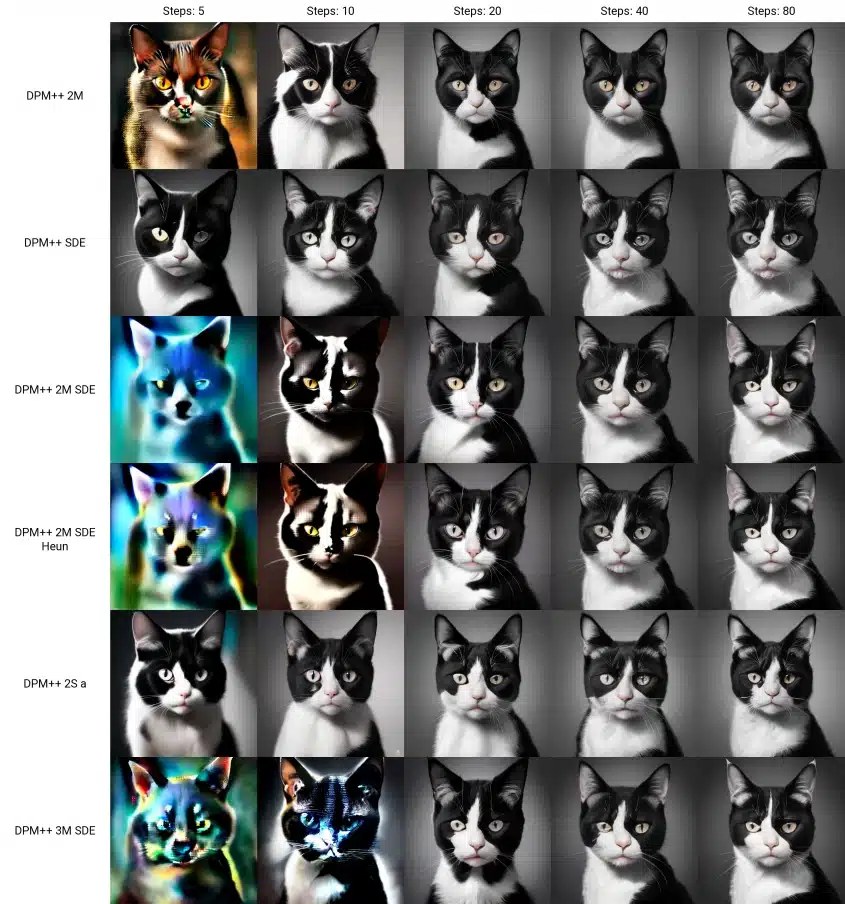
Failure as Cultural Material
Some projects treat failure not as a by-product but as the foundation for new forms of authorship and curation. Botto, an AI-driven “artist” governed by a DAO, generates thousands of images every week—most of them awkward or incoherent. Instead of discarding them, the community votes, curates, and elevates select works into its evolving corpus. Failure becomes raw material for collective agency, transforming the way cultural value is assigned.
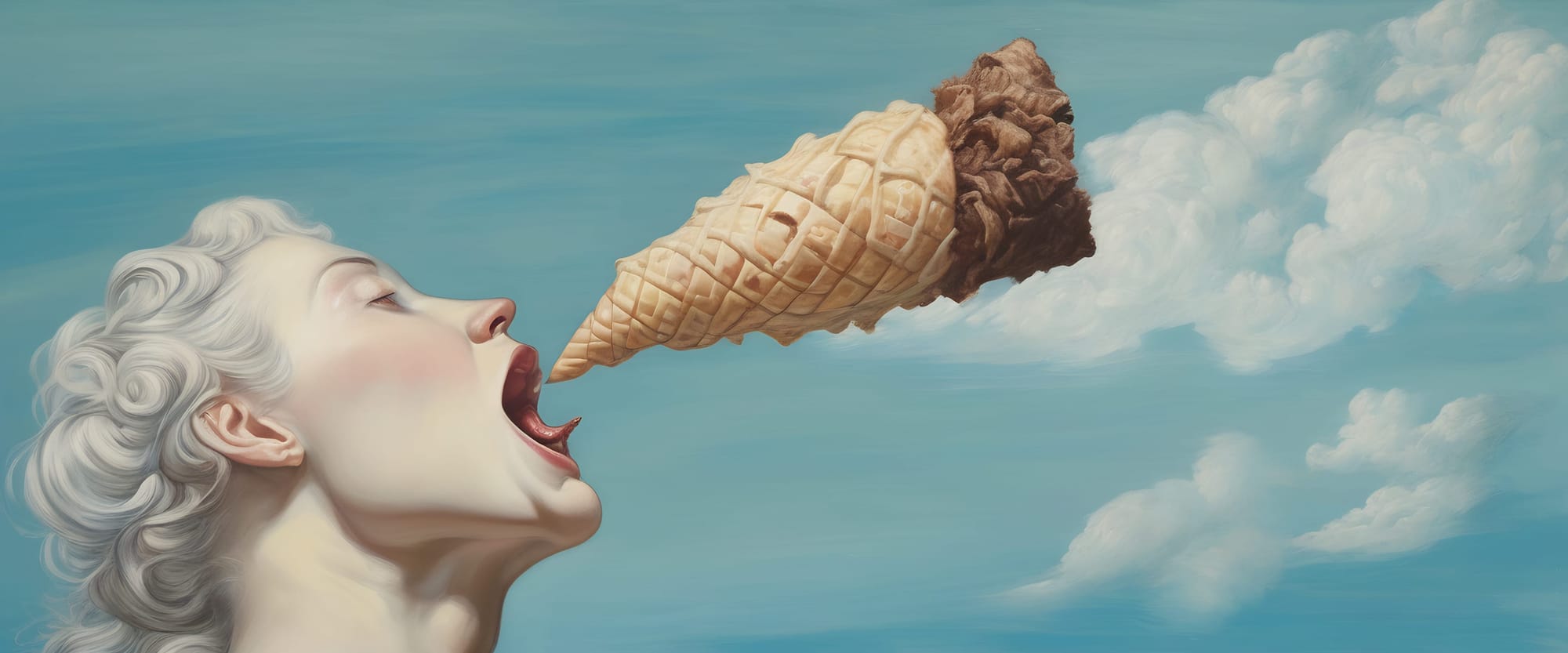
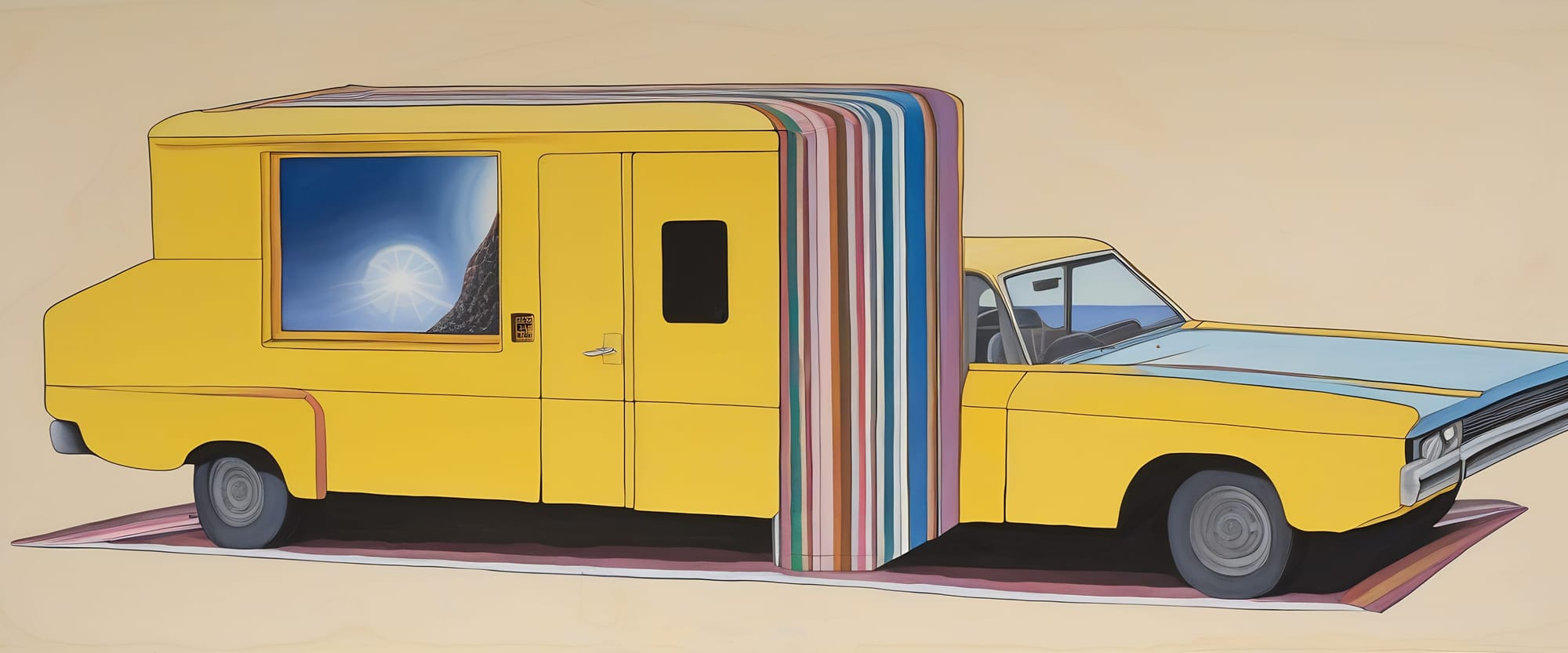
Similarly, Wekinator, Rebecca Fiebrink’s machine learning toolkit for musicians, foregrounds instability as an integral part of live performance. A system trained on a handful of gestures rarely behaves predictably on stage; performers must improvise alongside its divergences. The feminist design and research group Feminist AI Projects: Bits & Bytes experimented with Wekinator as a way to explore ideas around machine learning. They later integrated it into Unity, where it was used to create small-scale interactive protests that encouraged public participation. Failure becomes part of the fabric of collaboration, weaving human and machine into shared improvisation. Here, emergent systems shift attention away from polished results toward the infrastructures of evaluation and performance. Authors, curators, and performers become facilitators of instability.
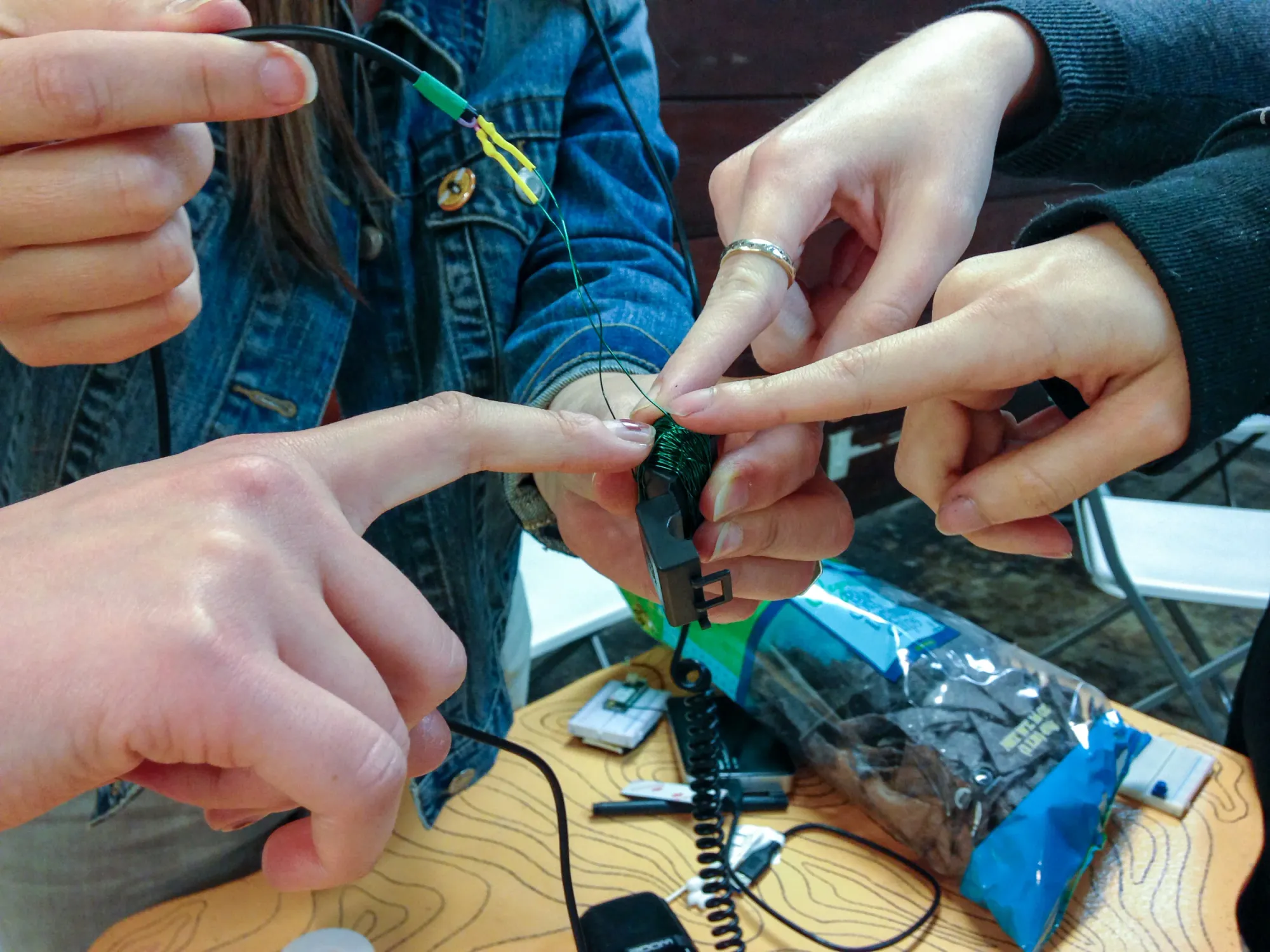
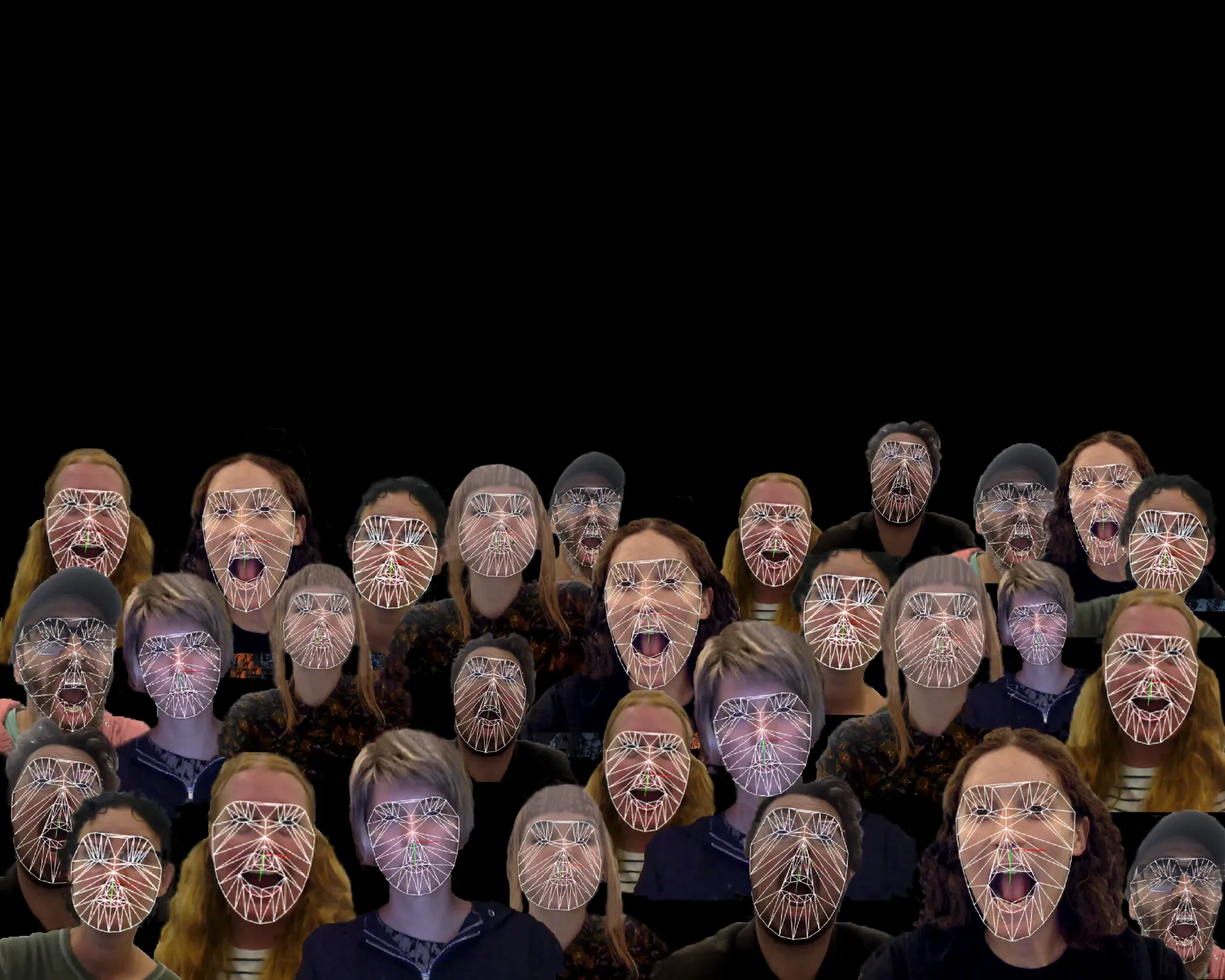
The Edges of Machine Creativity
At the boundaries of generative culture, projects like Google’s Magenta reveal how machine creativity falters—and why those falterings matter. Magenta’s compositions often loop awkwardly or fall out of harmonic resolution. Against human standards, they appear incomplete. Yet these “failures” highlight the assumptions embedded in training data and raise questions about what cultural forms machines are capable of inventing.
Across Runway’s distortions, Stable Diffusion’s eccentricities, Botto’s awkward images, Wekinator’s unstable gestures, and Magenta’s off-kilter melodies, failure is not a breakdown of functionality but a site of possibility. This has broader implications. If algorithmic failure is embraced, creative labor could evolve in ways that treat unpredictability as a valuable resource rather than a liability.
Art schools, publishers, and cultural institutions may have to adapt to practices that resist seamlessness instead of privileging it. And the question remains whether these approaches can scale into mainstream workflows or whether they will persist as counterpoints to the dominant drive for optimization. Designing with failure reframes the role of the designer. Instead of engineers debugging systems, practitioners become curators, performers, and collaborators. Failure becomes a method, not a malfunction—an essential resource for cultural inquiry.


